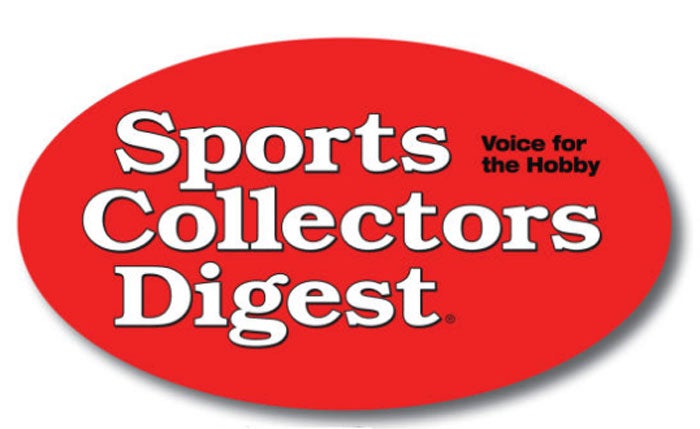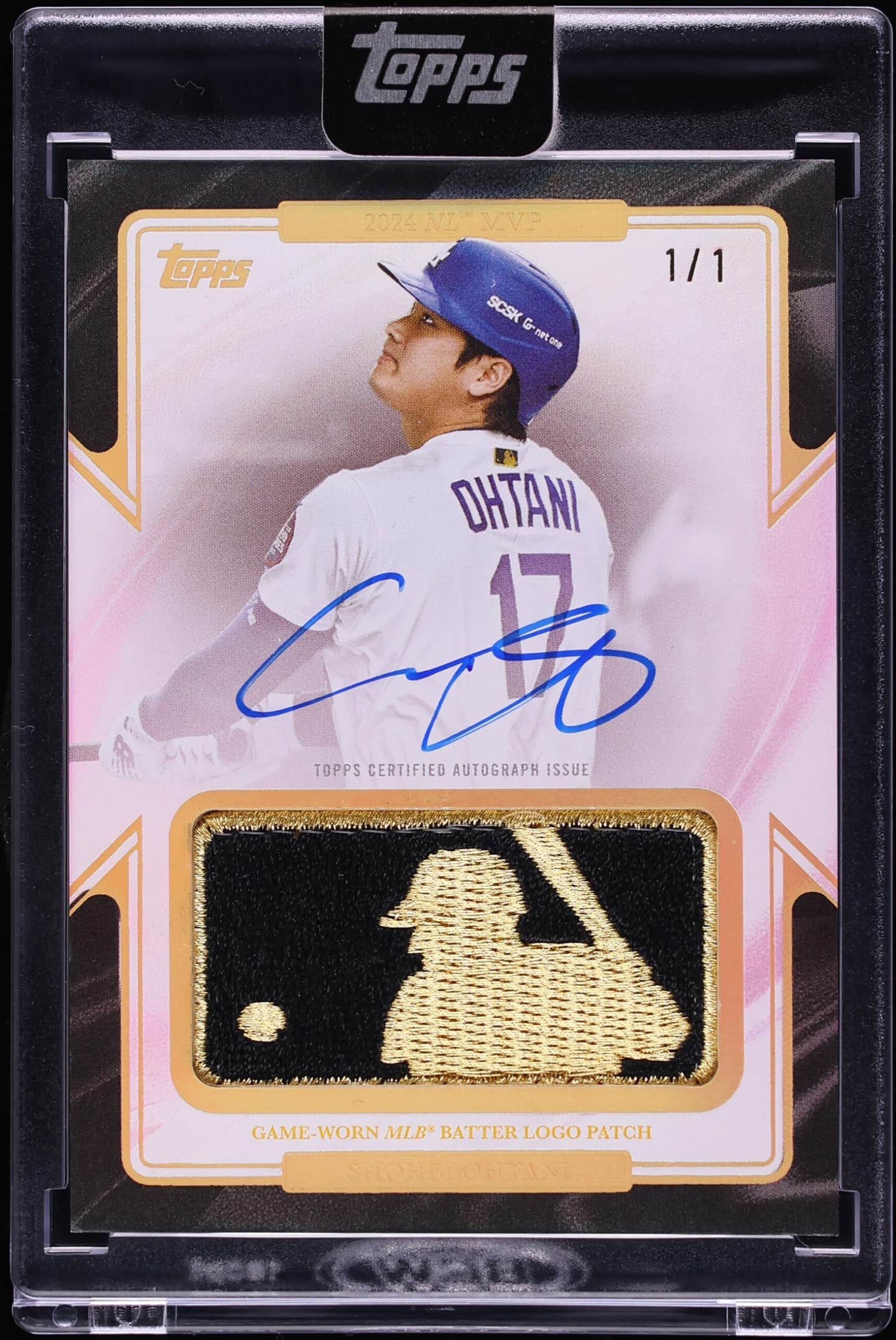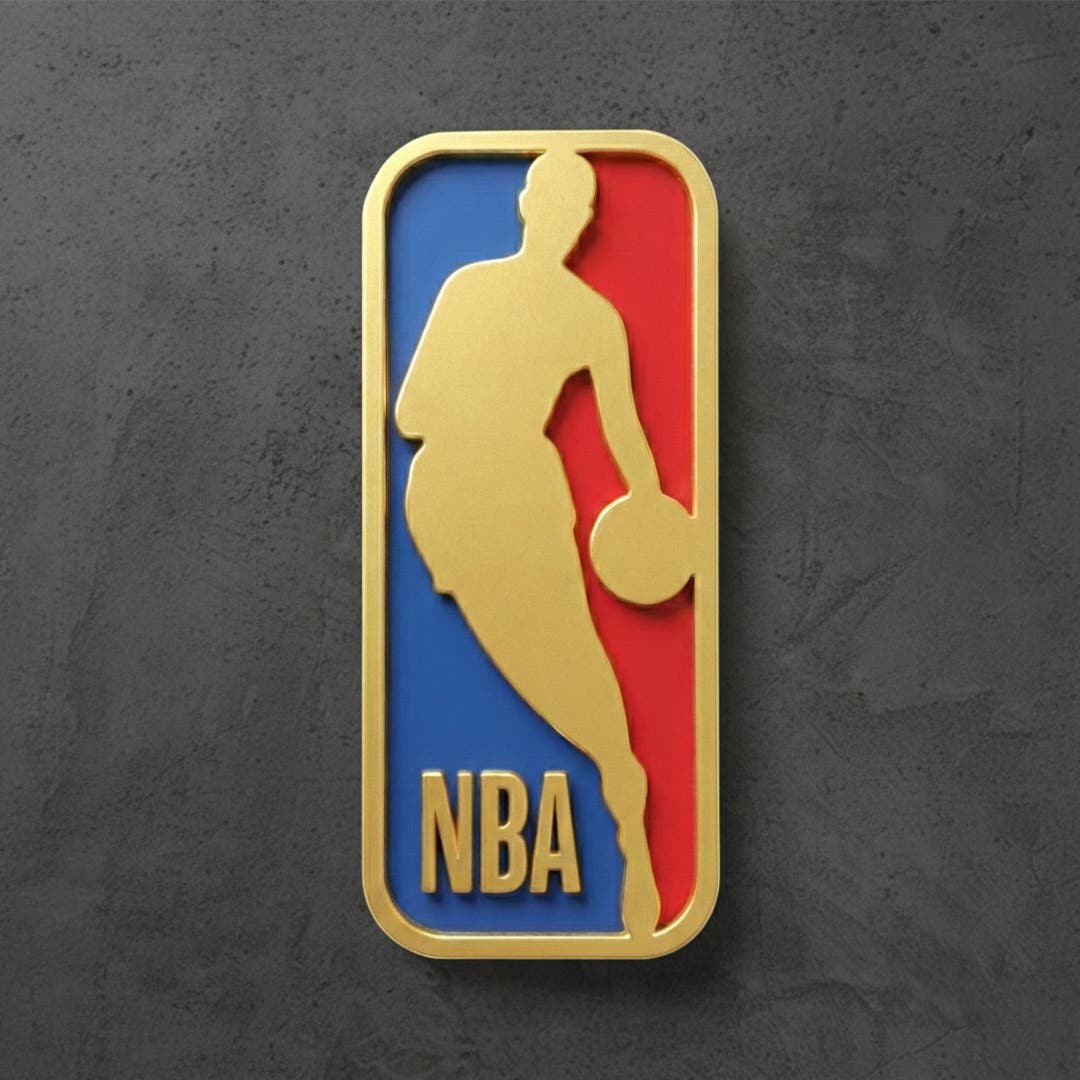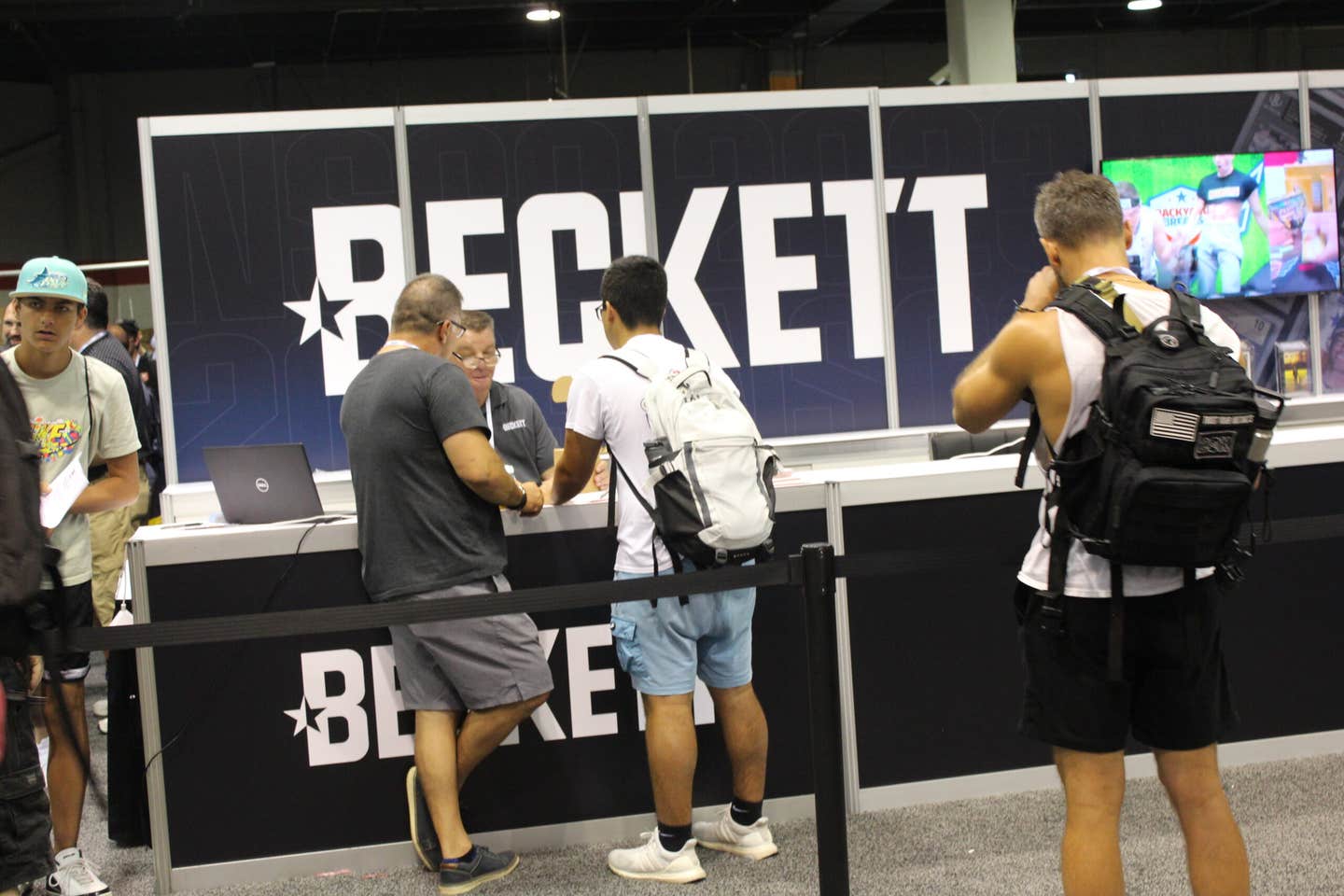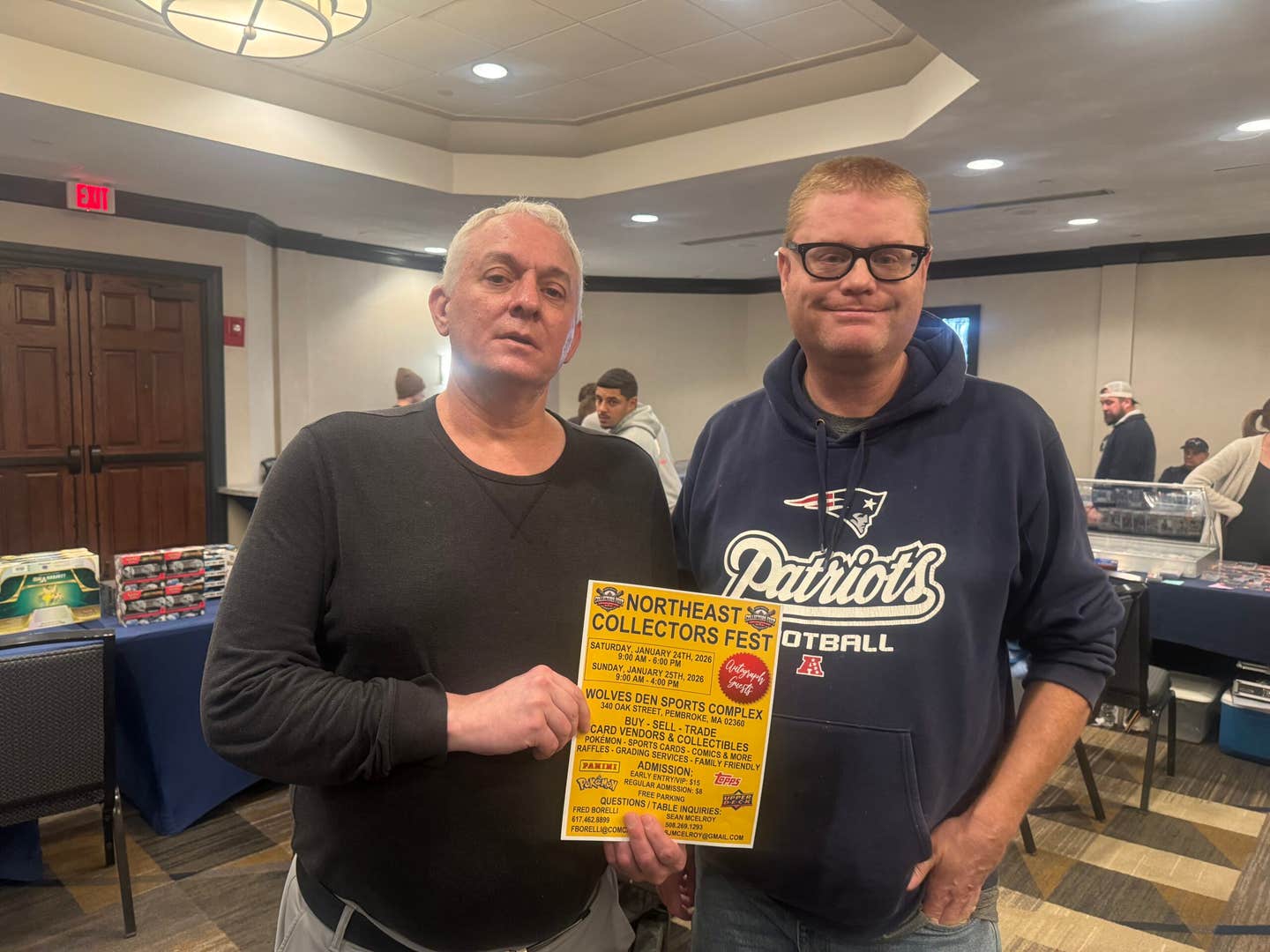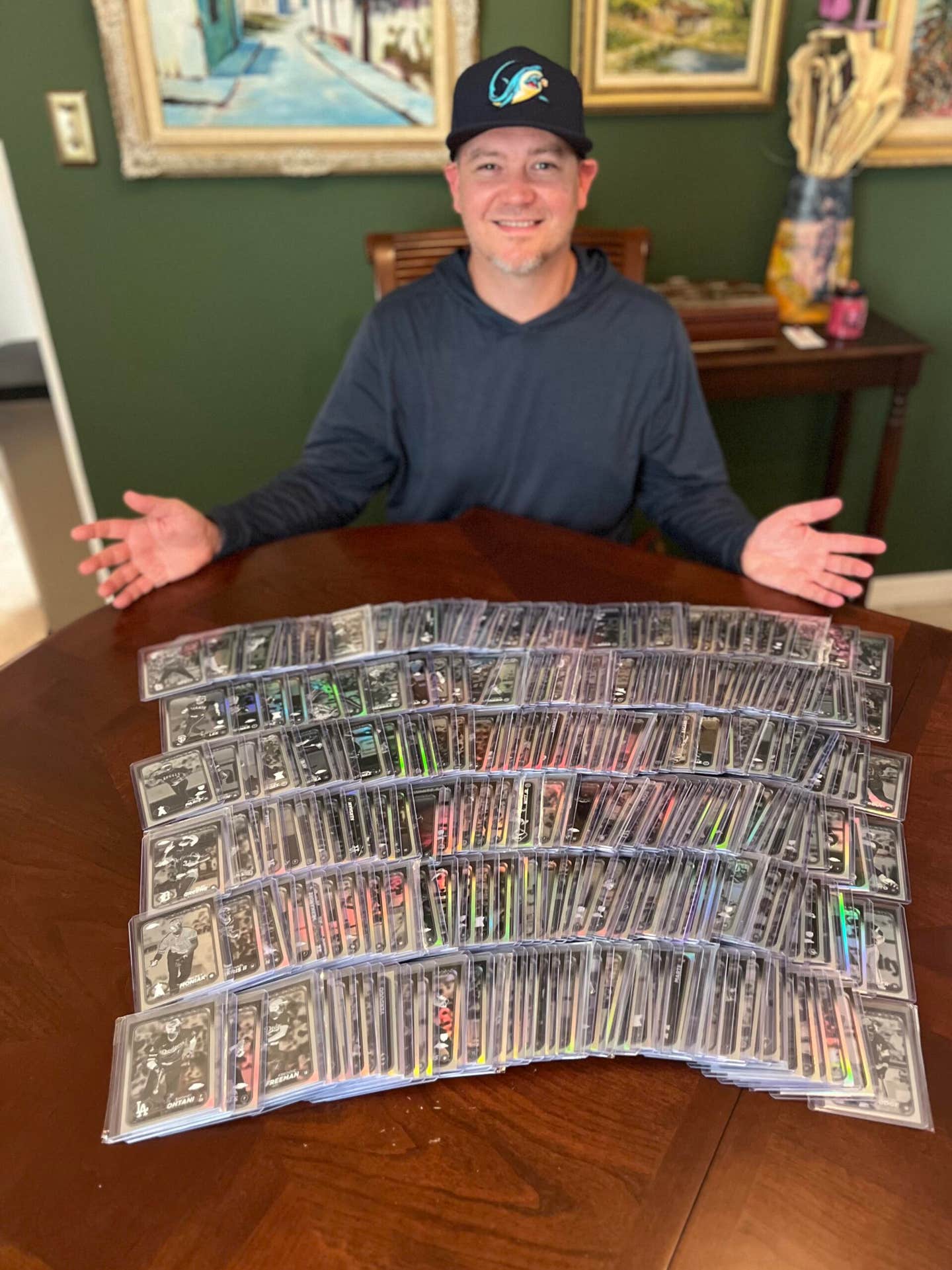Grading Cards
But there were/are dealers who know how to grade …
I saw a thread on the Network 54 Forum the other day that took note of the tendency for online chit chat to focus on more negatives than positives and the gentleman wanted to take the occasion to point out some of the ways the hobby has improved over the last 20 years.
He pointed out that the Internet has had a dramatic impact in terms of access to material, market and pricing information and even detailed data about cards, sets and the players themselves. The fourth item – listed No. 2 in his hierarchy – was card grading, and that was about the only area where I diverged a bit from his assessment.
While he conceded that third-party grading was far from perfect, he insisted that the situation today is “so much better than it was.” True enough, but he lost me when he suggested that in the bad old days, dealers all pretty much over-graded their wares, while discounting a collectors’ goods when the buy-sell relationship was reversed.
Twenty-five years ago I put together the better part of a dozen vintage sets – including 1954-57 Topps from virtually scratch – from buying at shows and mail order. I lived near Philadelphia and between the famed Philly shows and the vast, nearly weekly lineup of smaller shows in the Metro Philadelphia and Delaware Valley region, the opportunities to find good material were plentiful.
While I’ll stipulate that some of this may be colored by the misty, clouded memories, etc., my mail-order experience at least was vastly different from what he described. I am leery about naming individual dealers for fear of leaving anybody out, but I was getting daily packages from Larry Fritsch, Kit Young, Bill Goodwin and Barnett’s, to name a handful, and would frequently find that some of the cards I received had been under-graded, at least to my admittedly pedestrian perspective.
I used to keep track of each purchase in a little red book (no kidding), and a bunch of times cards that I had purchased as being Ex-Mt I would assign a Nr-Mt grade in my own accounting.
Of course, I understand that may say more about my liberal grading criteria than it does about the system as a whole. But I would submit that the advantages of third-party assessment, while considerable and perhaps even vital to the expansion into Cyberville over the last 15 years, were aimed at most but not all dealers.
* * * * *
I was quite fairly called out for not detailing in an earlier post about which cards Keith Olbermann pulled out of that 1967 Topps pack that he opened on his MSNBC show last week.
My only excuse is my unfamiliarity in online meanderings, since I initially thought that the segment hadn’t aired and I didn’t want to spoil it for viewers. Turns out, I had misunderstood the posting and should have listed the cards, but when I went back to find the details I couldn’t.
So with my apologies for being so clumsy and tardy, here’s what he got: Jose Santiago (which he spotted even before opening), Bill Mazeroski, Ralph Houk, Red Sox Rookies card and Bobby Wine, plus an insert poster of Henry Aaron.

